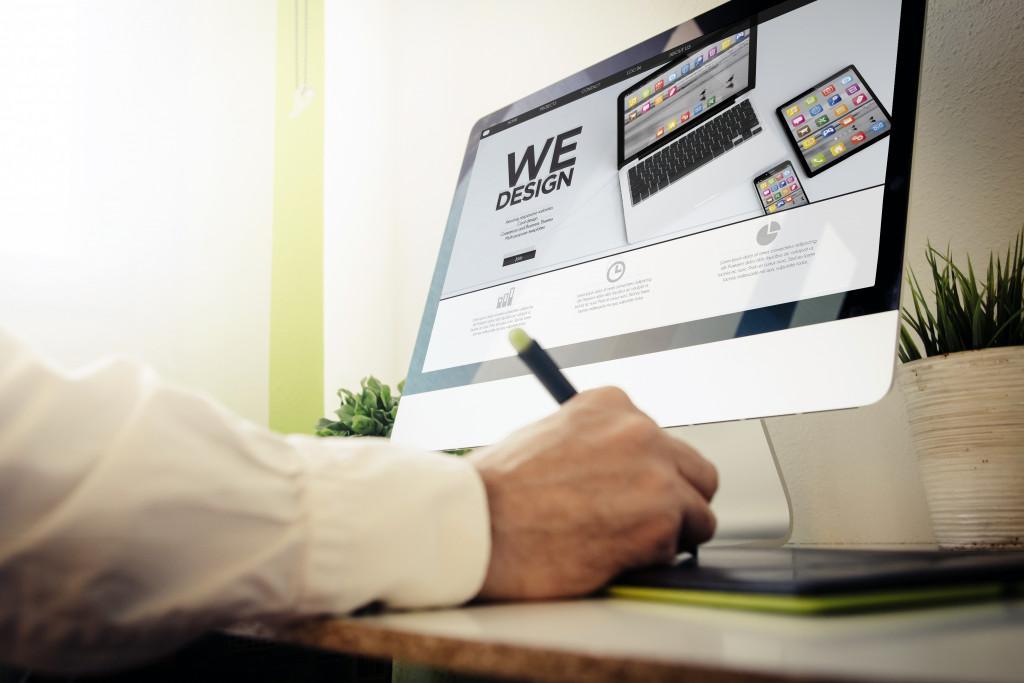Design thinking, in a nutshell, is a way to solve problems by focusing on an empathic approach to consumers’ needs. This aims to observe how humans interact with their environment. They can see how people engage with a product or service and ultimately focus on that instead of our biases as problem solvers. Design thinkers remove their own biases and watch how users use a product or service as a consumer would, to be able to come up with more innovative solutions, instead of overspending time merely brainstorming in the meeting room.
Traditional problem-solving strategies focus on focusing on a problem and coming up with solutions through brainstorming. On the other hand, design thinking focuses on solutions by studying iterative patterns and coming up with continuously evolving solutions to respond to consumer needs. It sounds like a practical and straightforward approach, yet it remains a vague concept for many. Here are points enumerated to help give more insight.
Solves Realistic Human Needs
Because design thinking is focused on the consumers -real humans with real needs to be met, it provides more evident perspectives that lead to practical solutions. It prevents designers from being too caught up in the problem that they fail to see what’s in front of them. Through personal analysis, as opposed to a computer, it’s easier to figure out what needs addressing.
Once the need is pinpointed, designers can then think of ways to solve the need. Often, observing a situation firsthand is the solution. In-field results usually differ from test environments as there are many more factors involved, which can only be felt by the end-user and observed by human designers. This is perhaps the most helpful advantage of design thinking as it discusses real needs.
Clarifies and Addresses Vague Problems
We said that the human-centric approach sets a clear view of actual needs, but what about problems or challenges that are more complex and less straightforward? In fact, design thinking is especially good for solving complex problems. To reiterate, the idea is to utilize techniques and methodologies that emphasize human needs. Because our needs tend to constantly change and evolve based on the world around us, it’s challenging to pinpoint exactly what the needs are and how to address them.

The way an individual or even industry interacts with external factors alone makes defining needs complicated. Often, users are not even aware of or cannot verbalize problems that need solving. If framed in out-of-the-box ways, there is no one way to look at a pain point, and solutions can be abundant.
Results to New Solutions
Today, we are facing a concerning problem that affects the entire world: climate change. Because of the adverse effects of climate change, private and public sectors all over the world are working together to try and come up with solutions. However, the challenge is that many of the practices we know and have become used to no longer work. What may have worked before doesn’t necessarily function the same today.
With design thinking, organizations can study a problem and come up with solutions outside of the ordinary and obvious. Therefore, that leads to innovating products and services. In environmental and economic solutions for businesses, sustainability consultants can help define pain points and create strategies to tackle their challenges.
There has also been a recent project between Rare and Stanford University’s d.school supporting the increased awareness of farmers on cultivating in climate-friendly ways. This is not by forcing modern practices and ways of thinking but by empowering them with the right tools.
Increases Organizational Efficiency
Instead of endless research without actually creating a useful end product, design thinking advocates constant experimentation. It eschews theorizing in favor of testing and practical application. Designers are encouraged to develop and test their creations. Finding out the limitations and shortcomings of prototypes usually leads to a more robust, more holistic finished product.
Because design thinking is similar to a bottom-up approach, it uses the prototypes it creates in the experimentation process to make the process more efficient. Because those within the field utilize the innovations and benefit from addressing the needs and solving them, the operation becomes more efficient.
There is a saying that goes, “find a need and fill it.” In our world that is ever-evolving, new conveniences are presented. New challenges are always observed, and unique needs constantly arise.
With design thinking, many businesses and industries can provide creative solutions to address consumer needs. It’s a modern approach to globalization that helps organizations without compromising the individual’s user experience.

